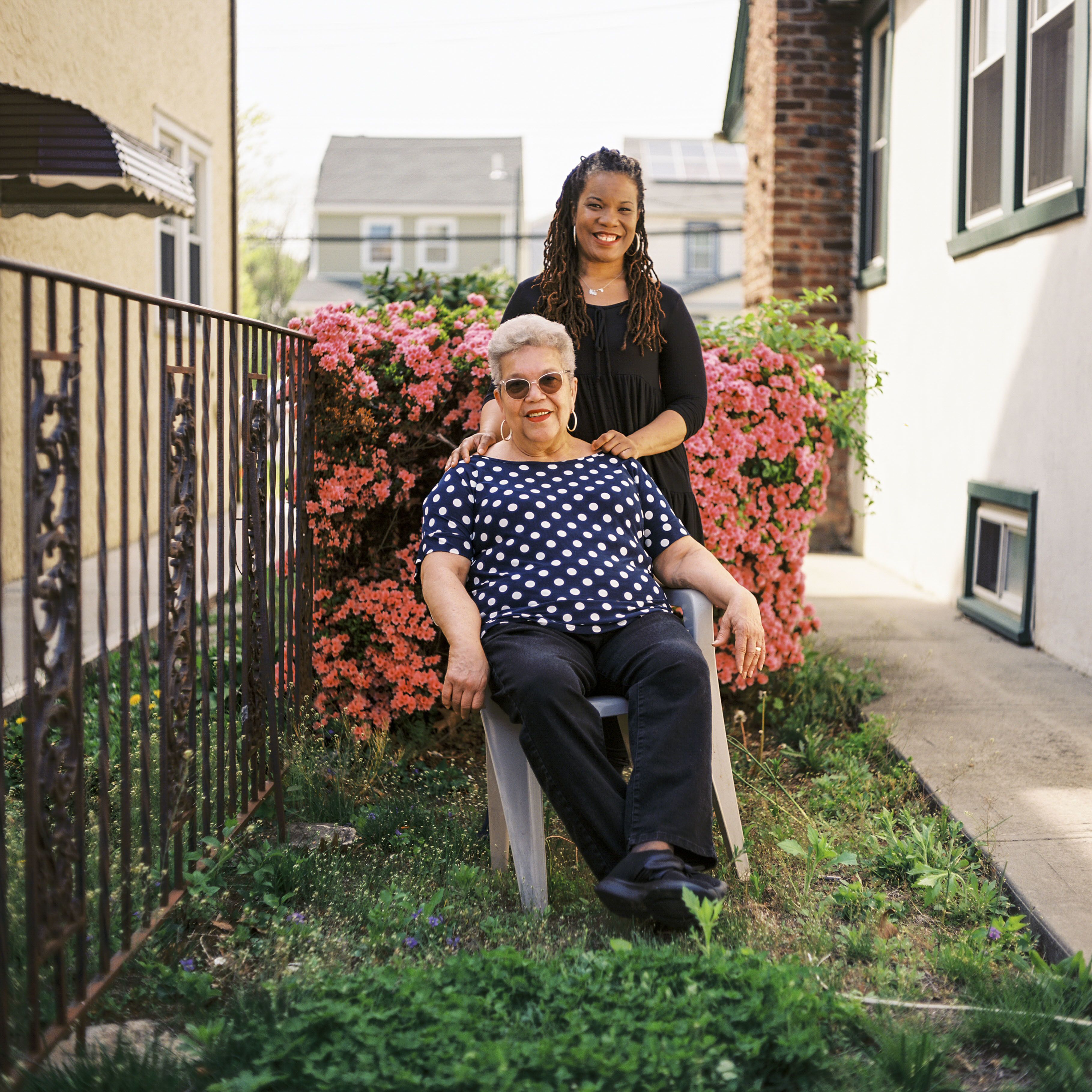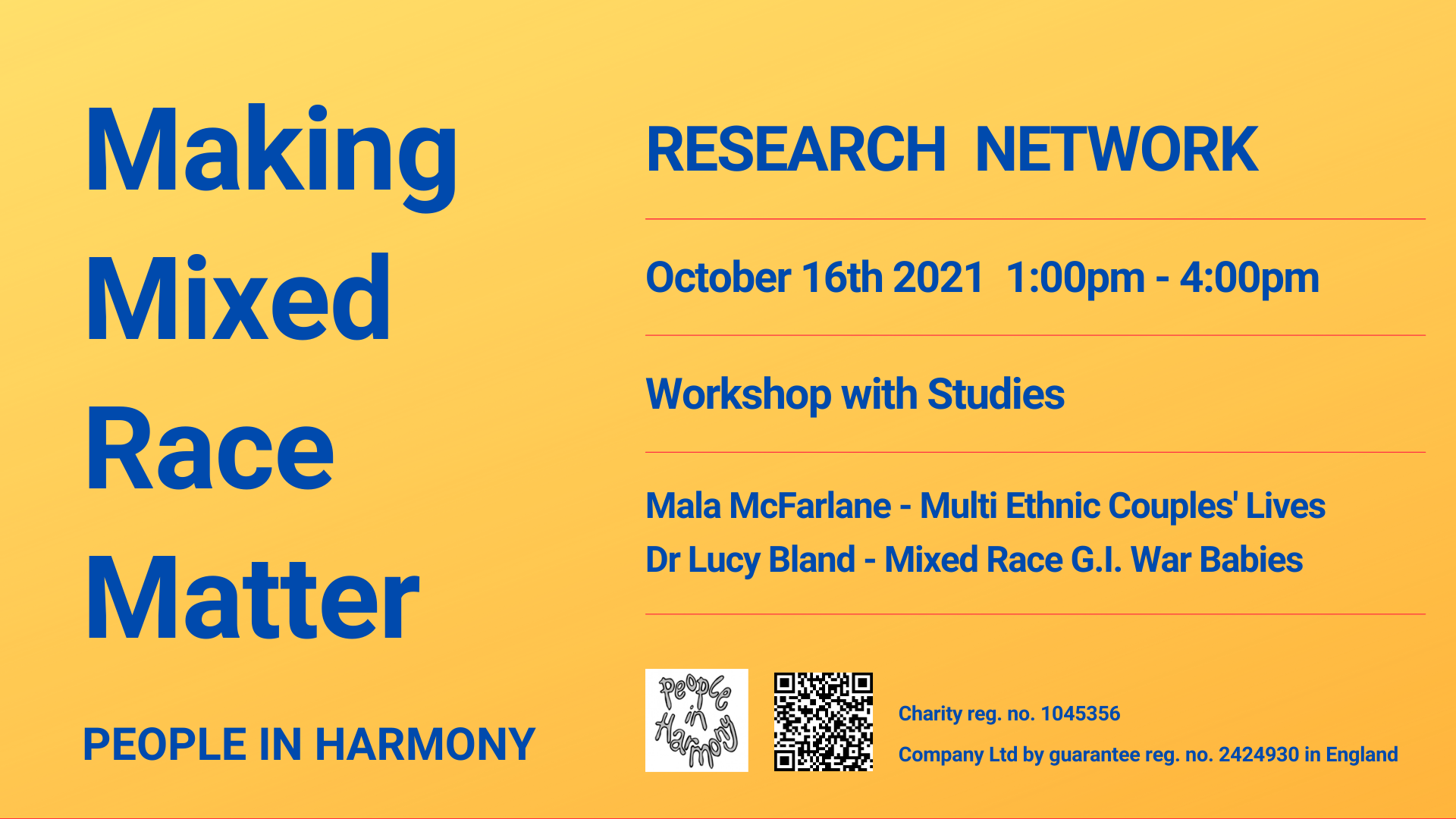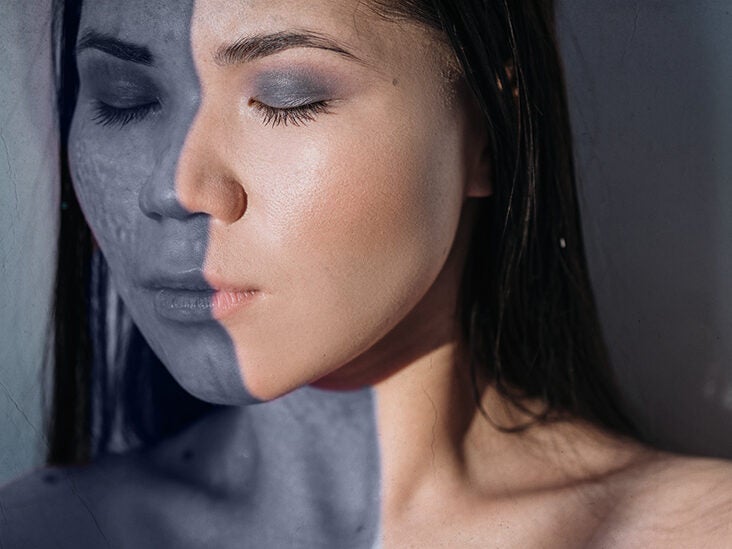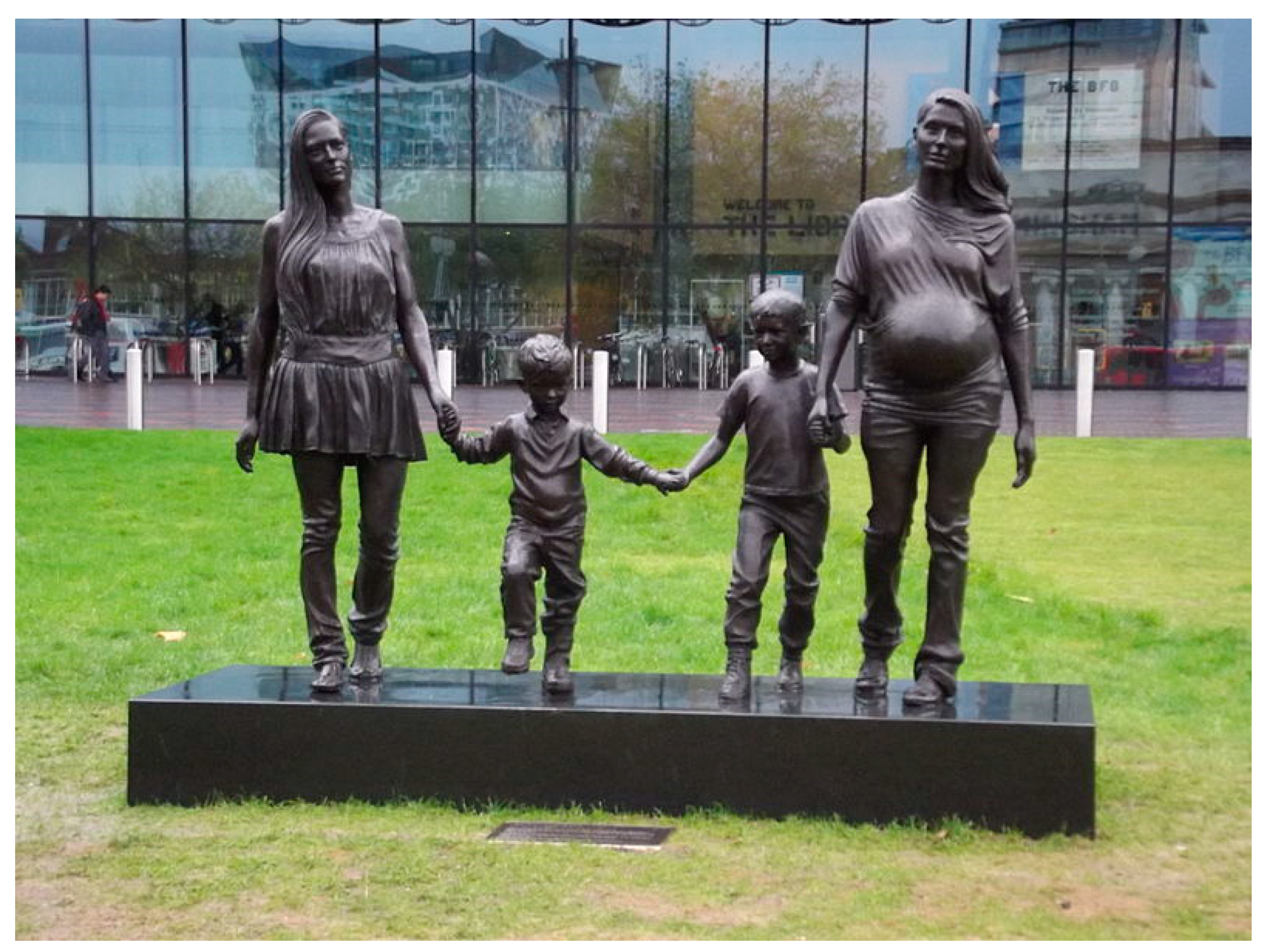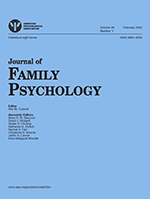Why Did Two People So Poorly Matched Stay Together So Long?Posted in Articles, Biography, Book/Video Reviews, Family/Parenting, Media Archive, Passing, United States on 2021-09-21 14:12Z by Steven |
Why Did Two People So Poorly Matched Stay Together So Long?
The New York Times
2021-09-06
 Christopher Sorrentino’s parents, Gilbert and Vicki, circa 1972. Sorrentino examines their confounding marriage in his memoir, “Now Beacon, Now Sea.” via Christopher Sorrentino |
Christopher Sorrentino, Now Beacon, Now Sea: A Son’s Memoir (Catapult, 2021)
As I was reading Christopher Sorrentino’s “Now Beacon, Now Sea,” I heard Rodrigo Garcia, son of Gabriel García Márquez, on the radio, talking about his new memoir, “A Farewell to Gabo and Mercedes.” Garcia’s book is a loving chronicle of the last days of his larger-than-life father and loyal mother. Sorrentino’s book, too, is about his novelist father and his parents’ deaths. Both have the subtitle “A Son’s Memoir.” But “Now Beacon, Now Sea” is no tender tribute. Listening to Garcia speak, I realized that Sorrentino was working in a decidedly different genre: His “son’s memoir” is more autopsy than eulogy.
Sorrentino’s father, Gilbert, was an avant-gardist more prolific than famous, who died in an under-resourced hospital in Brooklyn as his son was en route; his wife, Vicki, who is the real subject of this book and a truly fascinating one, died under even grimmer circumstances. Her decaying body, discovered by her son in her Bay Ridge apartment, is the striking opening image of the book. An autopsy was never ordered…
Read the entire review here.
